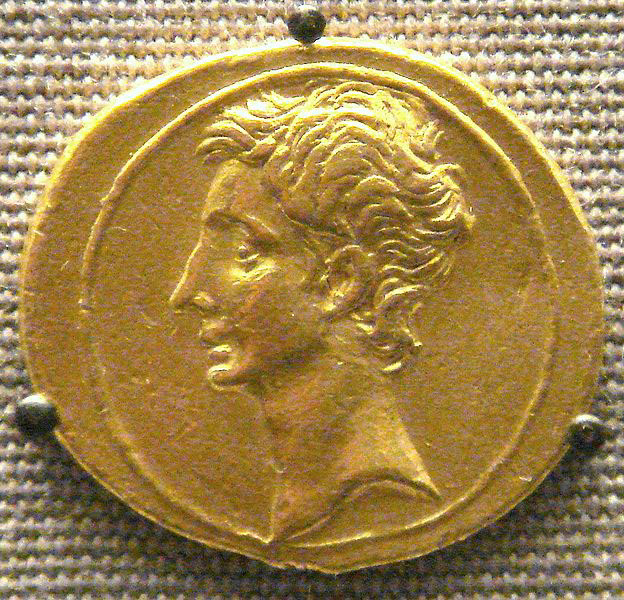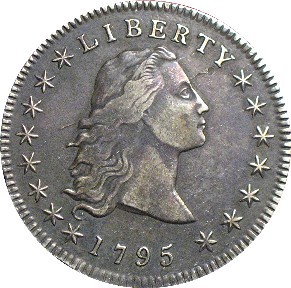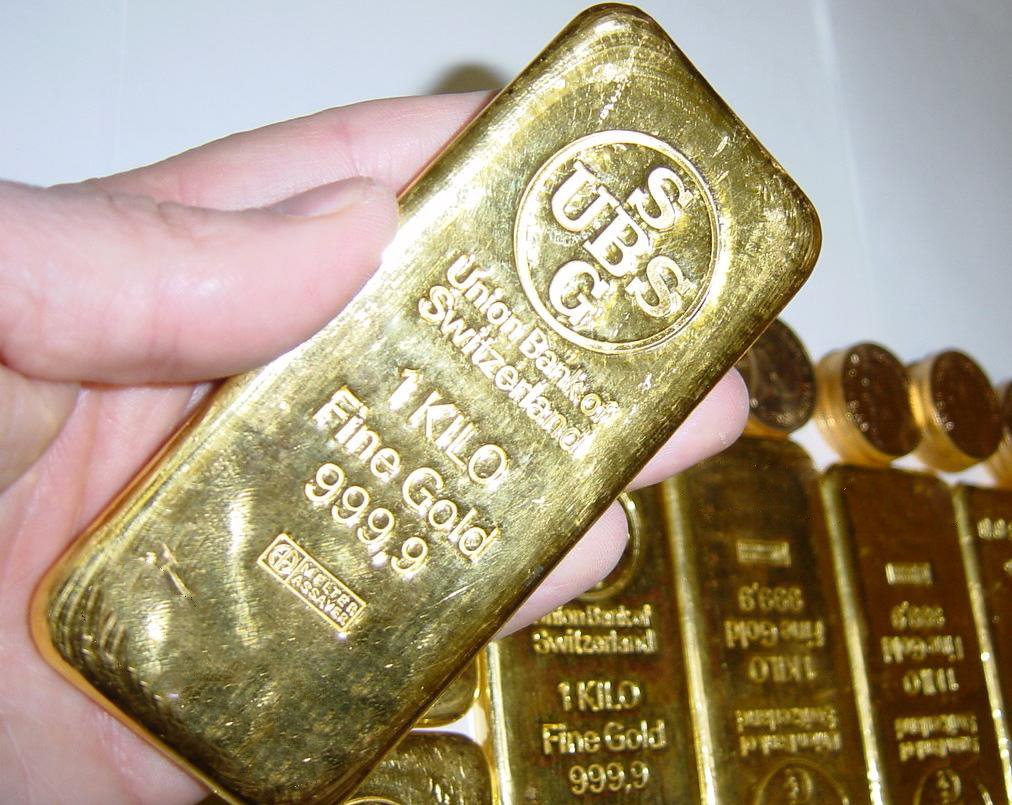
For thousands of years, gold has been money due to its unique traits, such as its durability, divisibility, eye appeal, malleability, and rarity. It was thus easy to make into coins as a means of exchange, so that a society could advance from a barter society to a more specialized one. This, in turn, allowed civilization to flourish, as people could focus more on their specific crafts and trade rather than being limited to producing basic goods or services to meet the needs of a primitive barter society, potentially hampering what area they could pursue for a living.

The ancient Greeks and Romans used gold and silver as a means of exchange. The aureus, as pictured above, was a gold coin traded in ancient Rome, weighing approximately 7.7 grams. The aureus was worth approximately a month of labor for the average Roman.
Because gold was so expensive, silver was a useful substitute for trade in ancient Rome. The silver denarius, weighing 4.5 grams and about the size of a modern dime, was worth about a day's labor in ancient Rome. The denarius pictured below has serrated edges, a common design feature on denarii during the Roman Republic.


Silver was also used as money in much of American history, due to having similar properties to gold yet being cheaper and more abundant. American dimes, quarters, half-dollars were made of 90 percent silver up to 1965. The Morgan and Peace dollars of the late nineteenth and early twentieth century were likewise made of 90 percent silver. The Flowing Hair dollar pictured above had a 40mm diameter and weighed about 27 grams. Today these coins are exceedingly rare, especially in good condition, and may be worth millions of dollars.

The Saint Gaudens Double Eagle gold coin was worth $20 up to 1933, when the U.S. was on a gold standard and before President F.D. Roosevelt issued an executive order for Americans to turn in their gold to the government. Today, these coins are highly sought after by collectors and investors due to their attractive design and value. These coins weigh 33.4 grams and are 34mm in diameter, and are made of 90 percent gold.

Today, investors are rediscovering the historical role of gold as money and are thus feverishly buying the metal. Likewise, central banks, especially Russia and China, have been net buyers of gold in recent years, contributing to shortages of the metal. Increasingly, politicians and some economists are calling for a return to a gold standard, in the hopes that it will bring stability to an increasingly erratic and unstable monetary system in which money is unbacked by any commodities.
Even if a gold standard is not reintroduced by central bankers in the future, gold is likely to play a larger role in monetary affairs to bring confidence to paper currencies. At a bare minimum, there will remain a shadow gold standard, in which nations will accumulate gold as a way to demonstrate their financial strength and assure investors that they have a universally valued commodity in quantity.
